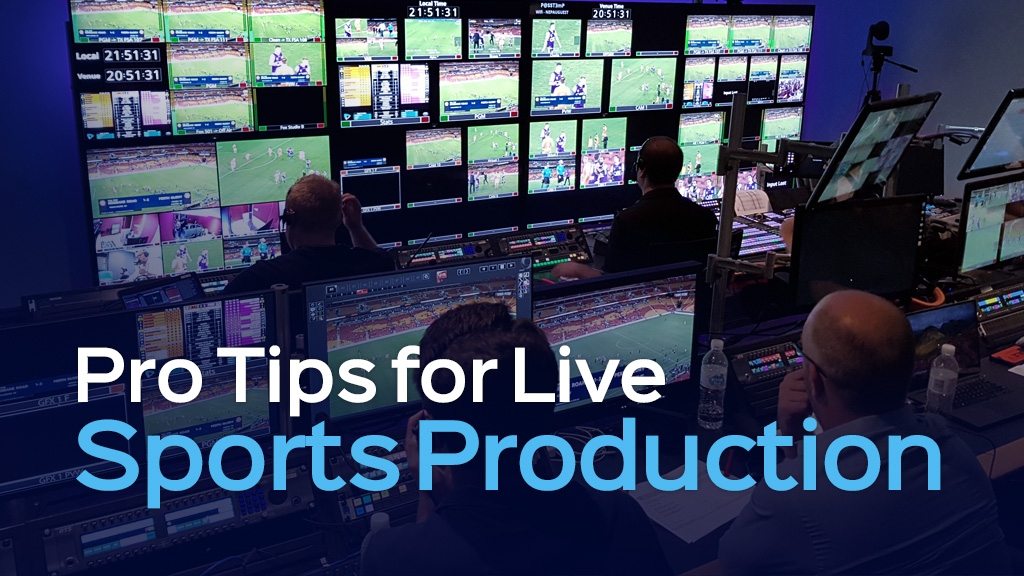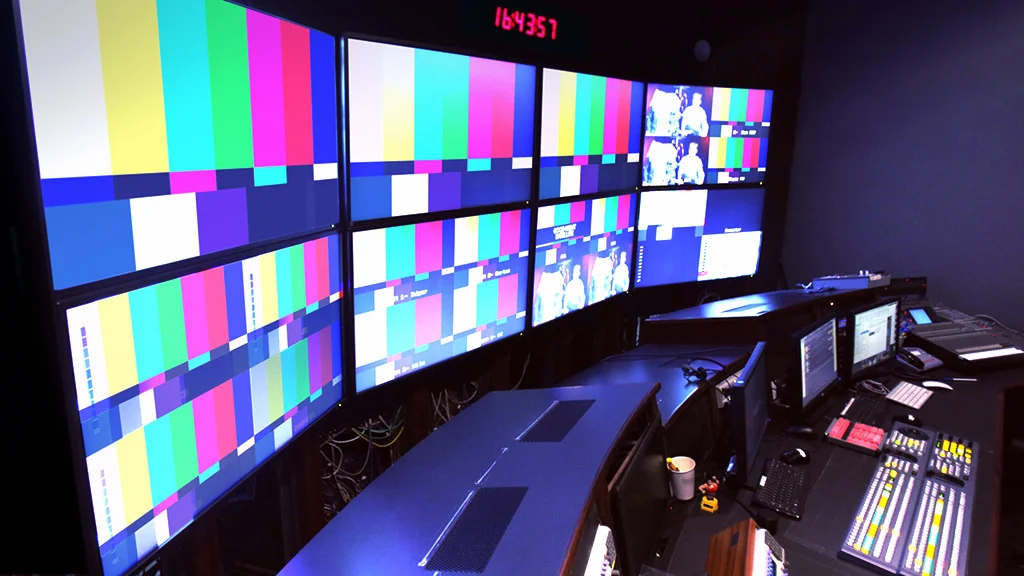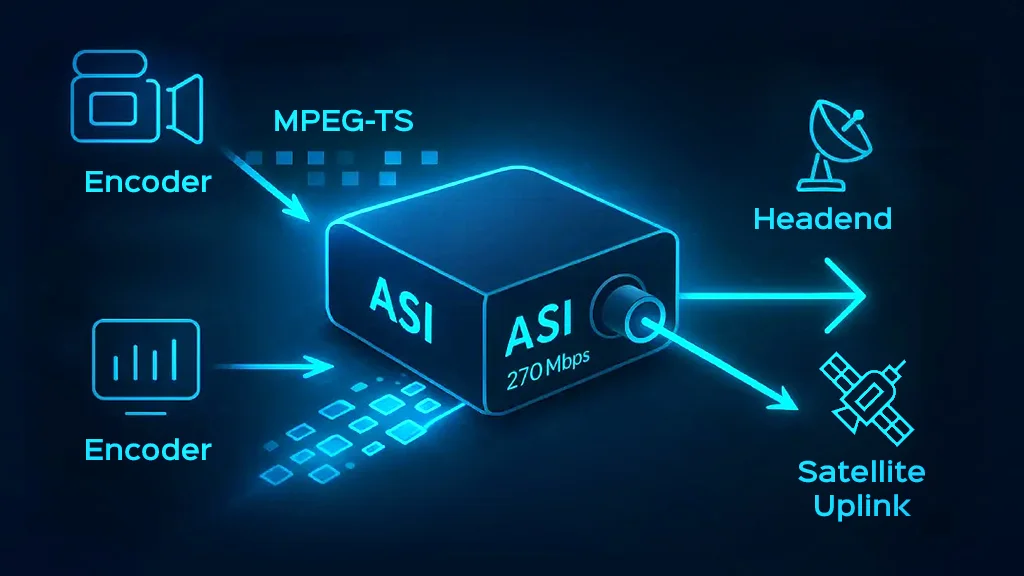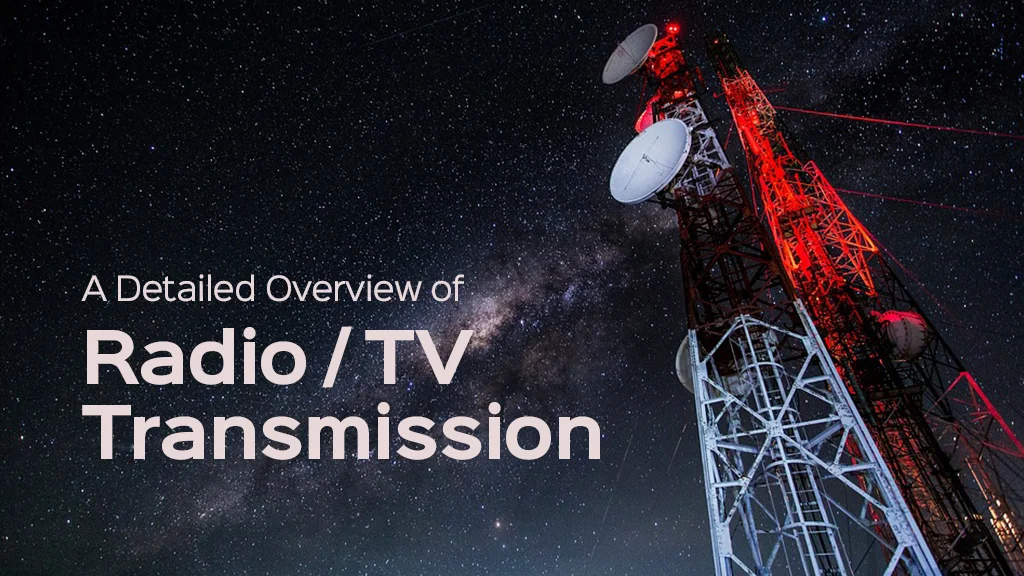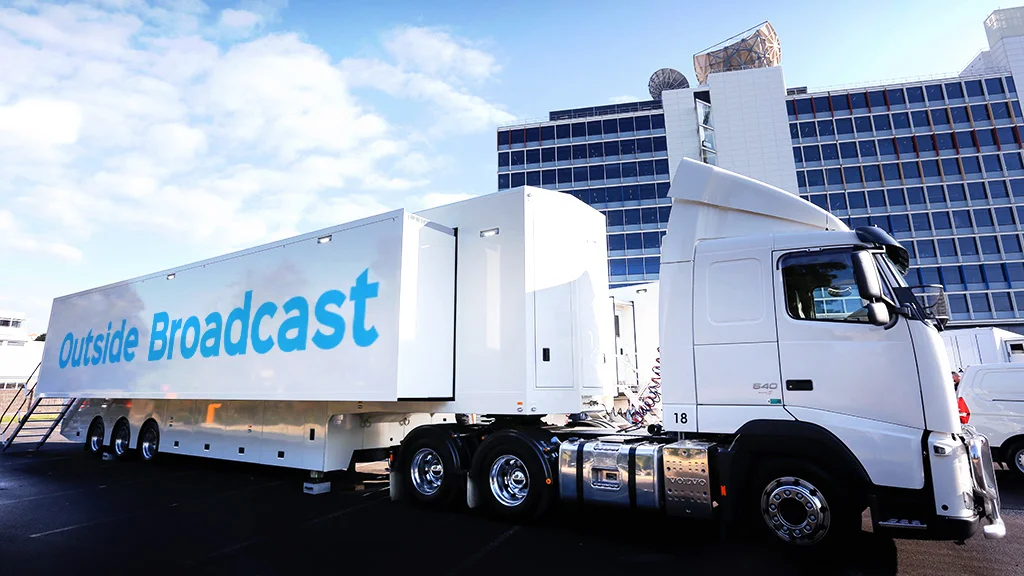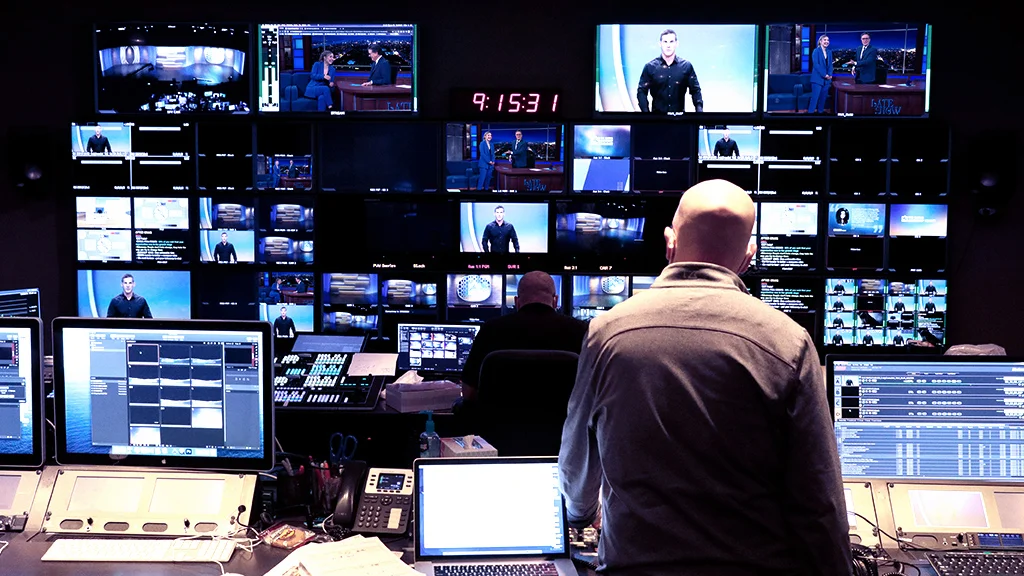
- Article
- Academy
Modern Playout Infrastructure in Broadcast Workflows
“Modern playout in broadcast workflows” refers to the contemporary methods, technologies, and processes used to manage and deliver live or pre-recorded video content to viewers through advanced playout facilities and playout software systems. This evolution is driven by advancements in digital technology, automation, and system integration, resulting in playout solutions that offer increased efficiency, flexibility, and interactivity in broadcasting.
These systems encompass a range of tools, including sophisticated playout software and comprehensive infrastructure, which together optimize content scheduling, automation, and signal management. This paper explores the definition, evolution, and key features of modern playout infrastructure. Additionally, it highlights Samim’s critical role in signal transport within these systems, ensuring reliable and high-quality content delivery.
What Defines Modern Playout Infrastructure?
Modern playout infrastructure is primarily characterized by its focus on automation, adaptability, and seamless digital integration. These playout facilities are built with advanced playout software systems which allow broadcasters to control and distribute content effortlessly across diverse platforms. These systems handle tasks such as scheduling, switching, and playback automatically, thereby reducing reliance on manual processes and lowering the chances of mistakes.
Additionally, playout software places a strong emphasis on interoperability, supporting a wide range of media formats and facilitating smooth integration with other broadcast components. Ultimately, what sets modern playout infrastructure apart is its capability to deliver a highly automated, flexible, and resilient environment, perfectly suited to the fast-paced, multi-channel media landscape of today.
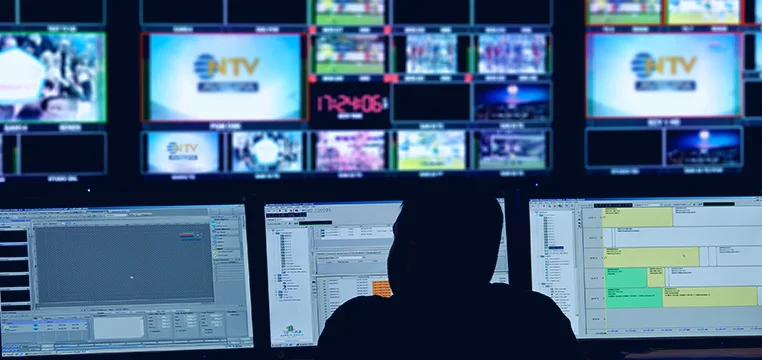
Evolution of Playout Architecture
The evolution of playout architecture reflects the technological advancements and shifting industry requirements over time. Here’s an overview of its progression:
Traditional Analog Systems: Initially, broadcast playout relied heavily on analog video and audio equipment (such as tape machines, video switchers, and analog routers). These systems were often hardware-intensive, inflexible, and required manual intervention for content changes or scheduling.
Introduction of Digital Infrastructure: With the advent of digital technology, Digital Betacam, DVCAM, and other digital formats replaced analog media, leading to more reliable, high-quality signal management. Digital storage and automation systems began to streamline content playout, reduce physical media handling, and improve editing and scheduling capabilities.
Transition to File-based Workflows: The adoption of file-based workflows, supported by advanced playout facilities and playout software systems, revolutionized broadcast operations. This extreme shift enabled content to be stored, managed, and retrieved electronically, facilitating easier content assembly, versioning, and rapid updates. As a result, broadcasters efficiency increased and they achieved seamless 24/7 automation through integrated playout solutions.
Automation and Centralized Control: The next phase was the integration of automation systems which could manage multiple channels and content streams from centralized control rooms. Playout facilities gained functionalities like playlist automation, real-time monitoring, and remote operations, reducing the need for manual switching.
IP-based and Hybrid Architectures: Modern playout architectures mostly rely on IP-based signal networks. These systems make the playout infrastructure more flexible, scalable, and cost-effective. Also, many broadcasters use hybrid setups that combine traditional SDI with IP transport, which helps transition to new technology become easier. Using advanced playout software systems within these architectures provides better management and creates a comprehensive playout solution.
Cloud and Virtualized Playout Solutions: Today, many broadcasters are adopting cloud-based and virtualized playout facilities, which allow remote management, seamless scaling, disaster recovery, and enhanced collaboration. These solutions support distributed workflows, reducing physical infrastructure dependence.
Integration with Interactivity and Hybrid Broadcast Models: The latest architectures incorporate interactivity, targeted advertising, and hybrid broadcast models, integrating live and on-demand content, audience engagement features, and multiple platform delivery methods.

Essential Features When Selecting Broadcast Playout Solution
When selecting a broadcast playout solution, several essential features should be carefully evaluated to ensure the system meets current and future broadcasting needs. Here’s a comprehensive overview:
Automation and Scheduling Capabilities: The playout software should enable seamless automation of content playlist management, live event insertion, and graphics. It must support complex scheduling rules, ensure playlist continuity, and facilitate ad-insertion to streamline operations.
Signal Compatibility: Support of multiple signal formats such as SDI and IP are key features of modern playout facilities. This allows broadcasters to implement a versatile playout solution that seamlessly adapts to different infrastructure needs, enabling smooth operation across various broadcast environments.
Scalability and Flexibility: A modular architecture that allows easy scaling for multiple channels or services is important. Support for hybrid systems combining analog, digital, and IP workflows ensures smooth transition and adaptability to future requirements.
Content Management Integration: Compatibility with media asset management (MAM) systems facilitates smooth content ingestion and metadata management. The playout software systems must efficiently handle live, pre-recorded, and on-demand content for versatile programming.
Remote Access and Control: Remote monitoring and control capabilities are crucial for distributed operations. The playout software should provide secure access with user authentication and audit logs to maintain security and operational oversight.
Ease of Integration and Interoperability: The solution should be compatible with existing hardware, infrastructure, and third-party systems. Support for open standards promotes future upgrades and seamless interoperability within the ecosystem.
User Interface and Workflow Management: An intuitive user interface simplifies operation for operators and editors. Workflow automation features help streamline complex tasks, reduce manual errors, and improve efficiency.
Future-proofing and Different Format File: Supporting standards like SD, HD, 4k, HDR and enabling cloud-based deployment ensures that system stays up-to-date. Regular updates and upgrades are necessary to adapt to evolving technological industry standards.

Where Samim Fits In: Signal Transport in Playout Solution
Samim Group specializes in providing robust solutions for signal transport within broadcast environments, particularly focusing on the reliable delivery of audio, video, and data signals across various formats and infrastructures. In the context of a broadcast playout facilities, Samim’s expertise and products facilitate solid, high-quality transmission of signals such as SDI, IP-based formats (like SMPTE ST 2110), and other emerging standards.
Key Areas Where Samim Enhances Signal Transport:
Support for Multiple Formats: Ensuring compatibility with a wide range of signal formats, including SDI, IP (SMPTE ST 2110) and audio over IP (AES67) allowing for flexible integration within diverse broadcast setups.
Reliable Signal Routing and Switching: Providing hardware and software solutions that enable precise routing, switching, and distribution of signals, minimizing latency and preventing signal degradation.
Redundancy & Failover Mechanisms: Implementing advanced redundancy features that ensure continuous signal transmission even during hardware failures or network issues, crucial for maintaining high availability in live broadcast environments.
Efficient Signal Management: Offering tools for monitoring (such as broadcast multiviewer devices), diagnostics, and management to proactively detect issues and optimize signal flow, ensuring smooth broadcast operations.
Scalability and Future-readiness: Facilitating scalable infrastructure that adapts to expanding channel requirements and new standards, prepared for future technological evolutions.
In essence, Samim plays a vital role in integrating and maintaining the integrity of signal transport within broadcast playout solutions, ensuring high-quality, reliable, and flexible delivery of content from the source to transmitters, whether through traditional broadcast or IP-based networks.

